Today’s automobiles come fitted with countless sensors that aim at raising safety, comfort, and durability levels. Here is the list of 12 basic vehicle sensors even though not all cars and trucks are equipped with all of them and not all of them may be located in the same place in a particular car. New model cars contain various ECUs since they are packed with complex technology and may have up to 100 ECUs operating various functions of the car. Usually, one high-level master ECU is in charge of the engine subsystem while there may be more based on the technology of the car or truck in question.
What is a Car Sensors?
With many devices being incorporated into cars and many more new ones being developed and included in cars, modern cars have become smart and complex. These sensors help them to monitor the situation and also inform the driver about the existing problem, making the car safe for usage. First of all, it used sensors in the engine only, but as the development progressed, the use of sensors also increased.
Today, sensors supervise numerous operations, including the measurement of oxygen levels and fuel intakes and diagnostics of mechanical disasters. Both of them activate the car’s Electronic Control Unit (ECU) and give specific instructions to adjust the engine. This evolution has transformed sensors into an essential aspect of the modern generation of automobiles, improving their function of identifying and concealing dangers as well as maximizing their efficiency. Moreover, the types of sensors in electric cars have also diversified, encompassing functions such as battery management and regenerative braking.
Now, it will be quite relevant to provide the reader with more detailed information about different types of car sensors as well as the services they perform.
How do car sensors work?
Understanding the different types of sensors used in cars is easier if we compare them to the human body. Our senses help us stay aware and react to changes, just like car sensors do for vehicles. They detect issues with internal parts or obstructions and alert the car’s CPU, which then informs the driver through dashboard lights or alarms. Advanced technology has made these sensors highly accurate.
For example, a fuel level sensor monitors the fuel and notifies you when it’s low or if there’s unusual usage. Modern cars often combine this sensor with GPS for a better driving experience. Car sensors track various aspects like temperature, coolant system, engine performance, oil pressure, emission levels, and vehicle speed. They send this data to the Electronic Control Unit (ECU), which adjusts components or alerts the driver. The different types of sensors in cars ensure optimal performance by continuously monitoring and reporting the car’s condition.
In essence, car sensors are crucial for modern vehicles, ensuring safety and efficiency by continuously monitoring and reporting the car’s condition.
Types of Car Sensors
These sensors offer relevant input regarding the environment surrounding the car and the conditions present inside the automobile. In this article, we will be looking at most types of car sensors that can be fitted in a car.
Oxygen Sensors
A proper air-to-fuel ratio for an internal combustion engine is fourteen. 7:1, meaning 14. It also revealed that 7 grams of air is required to combust one gram of fuel. Oxygen sensors (O2 sensors) therefore facilitate this balance by constantly measuring the quantities of oxygen being released into the exhaust system of a vehicle.

The information detected by these sensors is sent to the ECU and based on the data sent, this control unit adjusts the air/fuel mixture for efficiency. Consequently, it becomes the function of the O2 sensors to ensure that the air/fuel ratio is right thereby giving the engine a proper means of running efficiently and economically.
Mass Air Flow (MAF) Sensor
The MAF (mass airflow) sensor is a critical part of a vehicle’s air intake system because it calculates the amount of air that enters the intake in terms of weight.
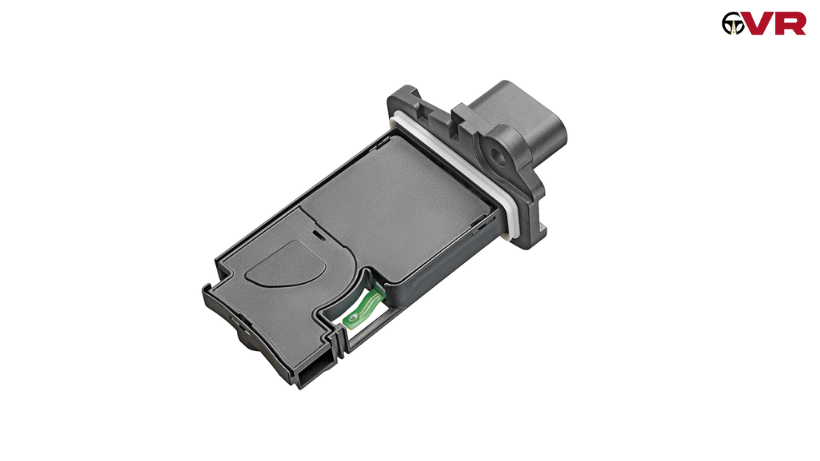
This sensor is positioned between the intake filter and the intake manifold and sends this information to the ECU which then alters fuel injection so that it is optimal for combustion. If the MAF sensor dies then ECU has no idea how much petrol should be fed into the system, which results in an underfed engine running badly. Therefore, the sensor needs to be accurate in its recording for fuel efficiency reasons.
Engine Oil Level Sensor
It’s important to keep an eye on our engine oil level as it could eventually lead to big engine problems if it goes unnoticed. Not having enough lubricating oil may result in much attrition of a car engine’s inside parts because of low engine oil.
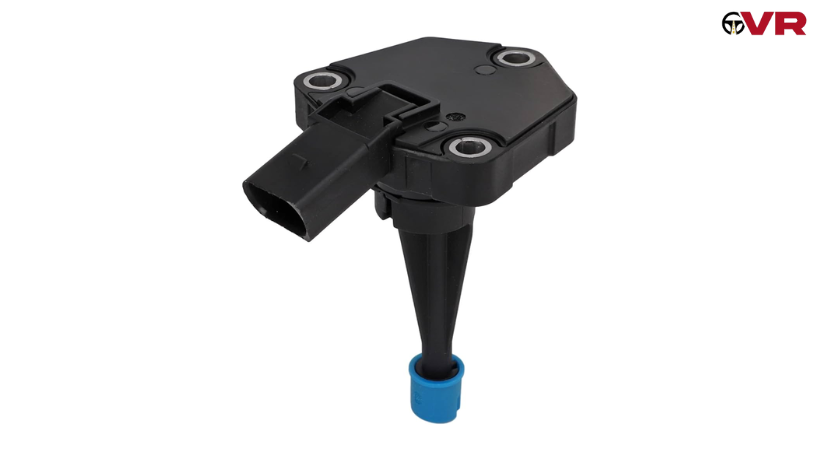
This makes the engine’s breather such that most of its frictional force causes it to heat up eventually leading to knocking off. All these are due to the oil level sensor which when broken down, usually mounted on one lateral side of an escutcheon shall trigger an alert through its corresponding light.
Pressure Engine Oil Sensor
For optimal lubrication of the engine, it is necessary to use forced lubrication systems in all internal combustion engines. These systems help in making sure that oil reaches each part of the engine thus preventing metal-to-metal contact that may damage the engine. To check oil pressure in the engine there is an engine oil pressure sensor normally fitted at the base of the cylinder head on the dashboard that connects it directly to the engine oil warning light.
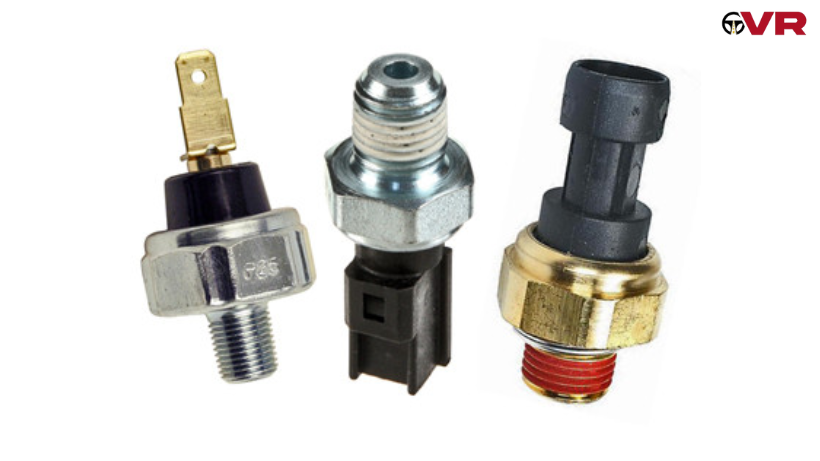
This sensor also checks whether there is enough oil which may indicate other problems such as leakage by triggering a check engine light besides monitoring the level of pressure produced by the same oil to ensure smooth running of the engine.
Coolant Temperature Sensor
Heat is detrimental to efficiency, as basic physics teaches us. Modern engines use robust cooling systems to maintain optimal temperatures. These systems allow the engines to have coolant for cooling of their heat usually in a circulation manner passing through the radiator.
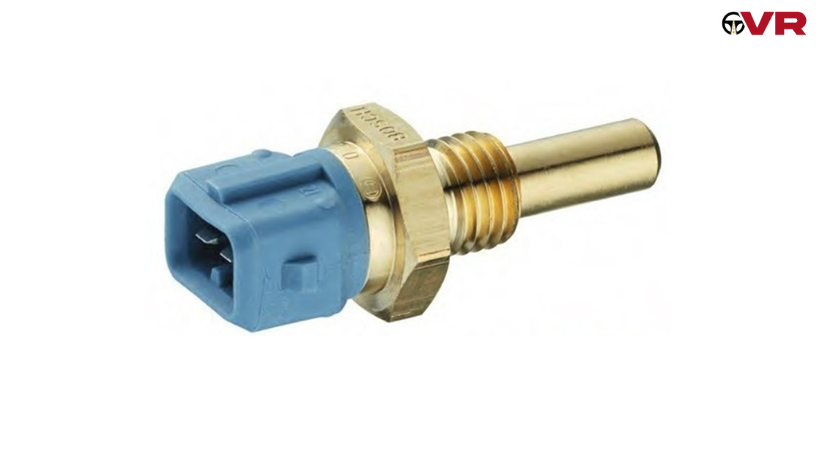
When the temperature of the coolant becomes too high, the sensor sends a signal to the ECU to illuminate the coolant temperature light on the HI-LOW side of the dashboard. This light is a sign that you should bring your vehicle to a halt in order not to overheat the engine and seize it. Cooling is another critical aspect of the working of the engine since it hampers the efficiency of the system and even causes harm.
Coolant Level Sensor
Engines are prevented from overheating by having coolants run through them whose flow is controlled by the coolant level sensor either in the expansion tank or at the bottom part of the radiator.
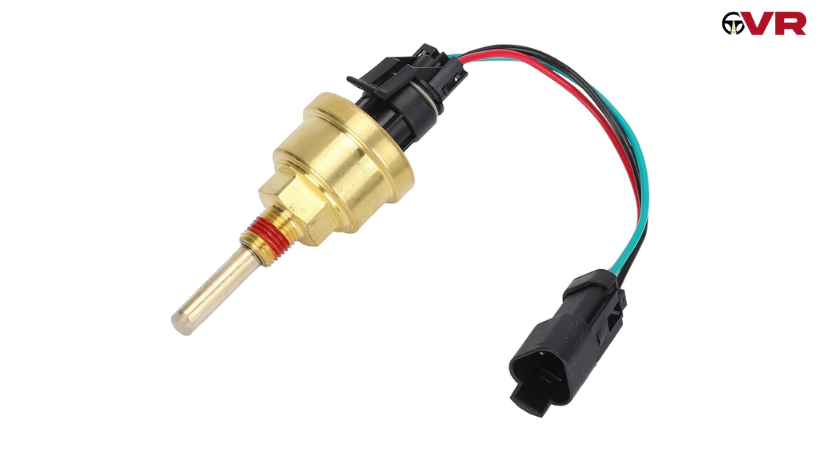
A warning light goes off from this sensor whenever the volume of coolant goes below a certain level. The use of coolants as recommended for your engine manufacturers plays an important role in ensuring that there is a top cooling effect which at the same time limits any chances of encountering engine overheating problems.
Air Intake Temperature Sensor
The performance of this car depends on the quality of air drawn into the engine and this depends on the temperature of such air More particularly, it is a lot better to get cold air because it is denser than hot and has more oxygen per unit mass. The air intake temperature sensor which is situated in between the intake filter similar to the MAF sensor and the intake manifold checks this air temperature.
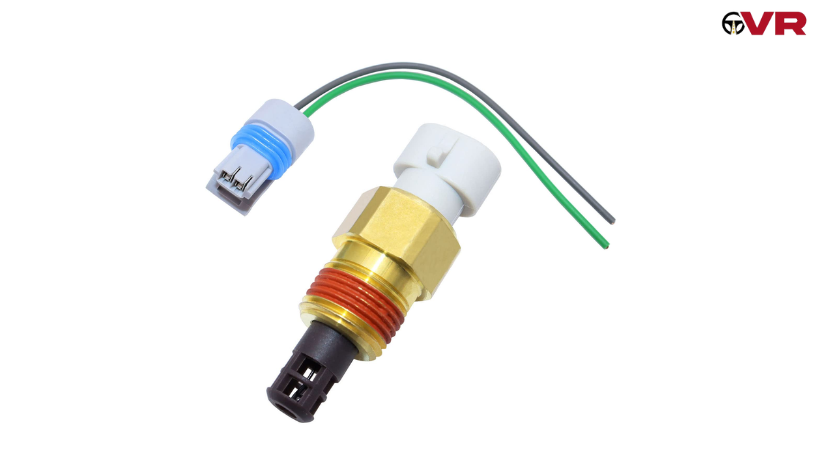
In some vehicles, the MAF sensor offers additional options such as an air intake temperature sensor. Together they supply the required data to the ECU and in turn with the help of the ECU help in controlling the fuel injection to enhance the engine’s efficiency. Since this is water-thinned lubricating oil that is thick when the temperature is low, this is more favorable to the engine when cold and hot.
Manifold Absolute Pressure (MAP) Sensor
Such cigarette parameters as flow rate, engine temperature, and manifold absolute pressure are vital for efficient engine performance and meet the role of the MAP sensor. It measures the pressure difference between the engine manifold and total environment pressure to guarantee the fuel delivery system is accurate irrespective of pressure variance in the outside environment.
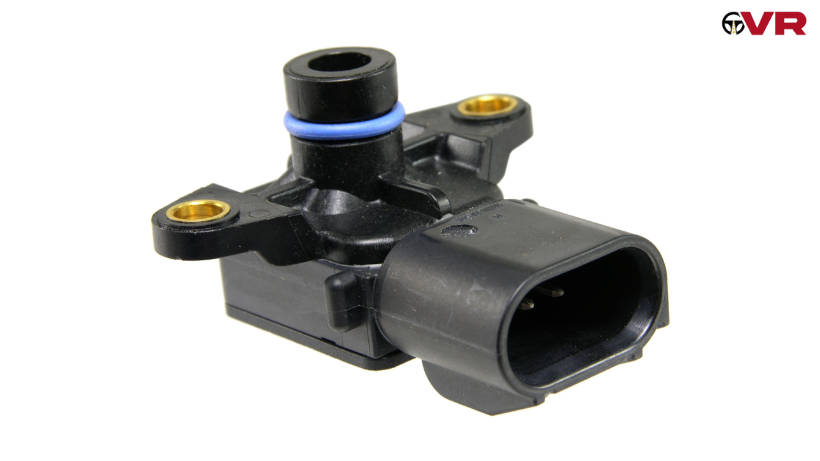
Commonly positioned either above the intake manifold or along the intake runner of non-induced engines, the damages done by a bad MAP sensor are low fuel efficiency, stalling, or surging engines. A proper functioning of the MAP sensor facilitates the efficiency of the engine and it becomes crucial to constantly check it and keep it in good condition.
Boost Pressure Sensor
Boost pressure sensors are specifically found in turbocharged or supercharged vehicles with forced induction systems. Their main role is to measure the pressure difference between the engine and the supercharger or turbocharger. This data is crucial for the ECU to accurately inject the correct amount of fuel for optimal engine performance.

Typically situated inside the intake pipes, these sensors can malfunction, leading to reduced engine performance. If the sensor fails, the ECU may struggle to provide sufficient fuel for the amount of air entering the engine, potentially causing difficulty in starting the engine. Monitoring these sensors is essential for ensuring the engine operates at peak efficiency.
Engine knock sensor
Engine knocking can cause significant damage by disrupting the 4-stroke engine cycle, igniting the air-fuel mixture prematurely.
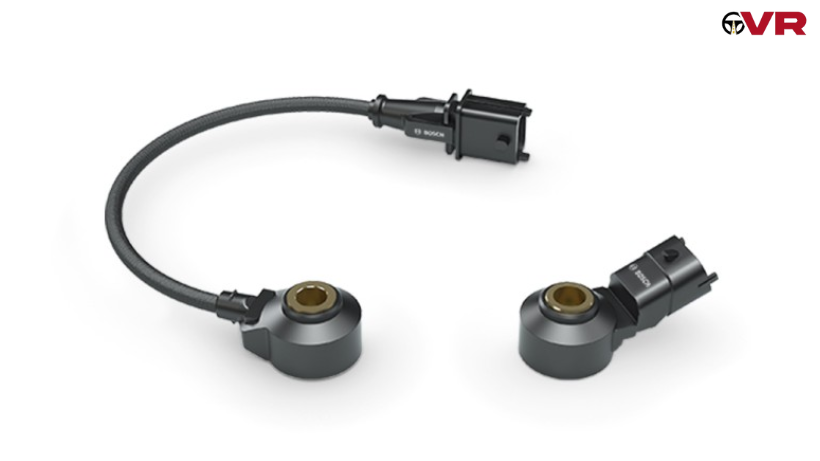
The knock sensor detects irregular vibrations from uneven detonation, allowing the ECU to adjust ignition timing, preventing knocking, and maintaining smooth engine operation.
A malfunctioning knock sensor reduces engine power and efficiency and can lead to severe engine damage if not addressed promptly.
Air Bag Sensor
Airbag sensors are crucial for occupant safety during accidents, triggered by hard stops or high-impact pressures. These sensors monitor wheel speed, brake force, and collisions to deploy safety measures instantly.
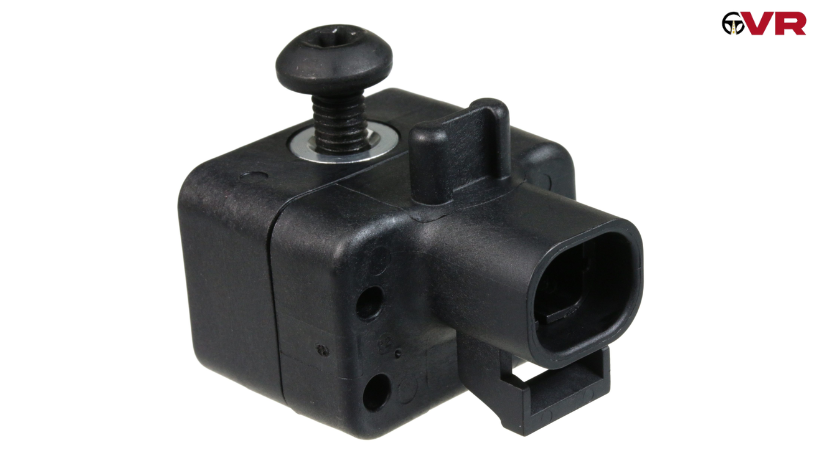
In case of an accident, airbag sensors activate automated seatbelt adjustments, door locks, and airbag deployment within milliseconds. Upon receiving a signal, the inflator system injects nitrogen gas into the airbag, cushioning the impact during front, side, or rear collisions.
Airbags deploy only during severe crashes, with activation requiring forces exceeding 20 times the gravitational force (20Gs). The accelerometer in the car’s airbag system ensures proper deployment, with frontal airbags inflating fully within 60 to 65 milliseconds after deployment.
Nox Sensor
Vehicle emission control systems require Nitrogen oxide (NOx) sensors to be able to detect nitrogen oxides in the exhaust emissions. These high-temperature devices supply information to VCU to control an air-to-fuel ratio to modulate NOx during the process of engine combustion. Together being hydrocarbons, NOx and carbon monoxide are dreaded pollutants of the environment, and thus vehicle emissions are closely regulated. NOx sensors keep output levels in check by avoiding the use of wastegate exhaust systems that produce high emissions of the two gases.
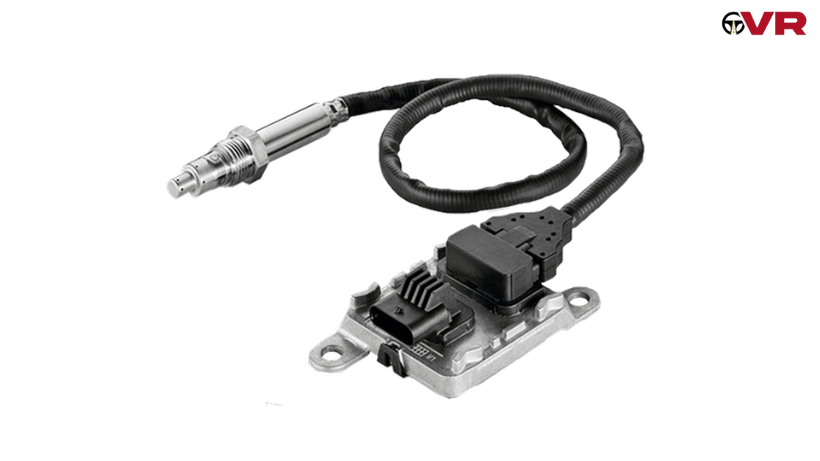
Next to NOx sensors in vehicles, the selective catalytic reduction system, or SCR, subsequently decreases nitrox compound emissions. This system holds the key to regulating emissions within recognised thresholds, thus, protecting the quality of air we breathe
Conclusion
Understanding the role different types of car sensors is crucial for optimal vehicle performance, efficiency, and safety. Sensors like the Mass Airflow Sensor (MAF), Engine Oil Pressure Sensor, and Knock Sensor ensure the engine runs smoothly, preventing damage and improving fuel efficiency. Safety sensors such as Airbag Sensors and NOx Sensors protect occupants and the environment by deploying airbags in collisions and monitoring emissions. Regular maintenance and prompt sensor replacement are essential to prevent costly repairs and maintain a safe driving experience. Knowing the functions of these sensors empowers owners to make informed decisions about vehicle care and maintenance.






Leave a Reply